swe.: Fjällig bläcksvamp | nor.: Matbleksopp | fin.: Suomumustesieni | dt.: Schopftintling
This extraordinary mushroom is difficult to overlook but only exceedingly few people are aware of its culinary potential. Younger specimen can be sautéed or served in a soup and many compare the taste of the young stems to asparagus. Be quick though, once the shaggy mane opens its cap, an odd process of decay sets in that transforms the mushroom into black slime. Use it fresh is the motto here probably more than with any other mushroom.
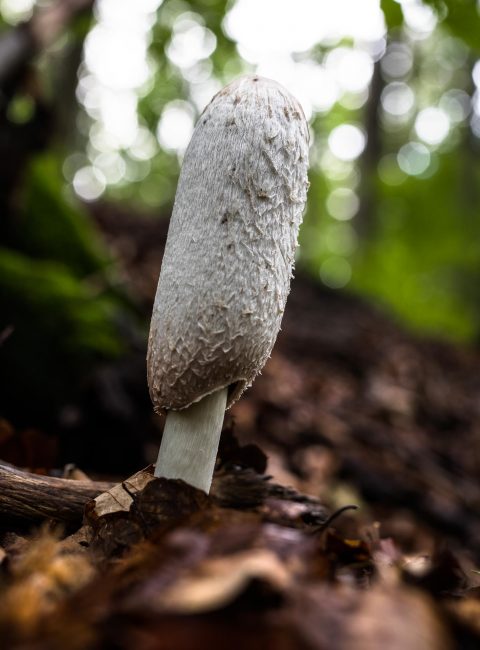
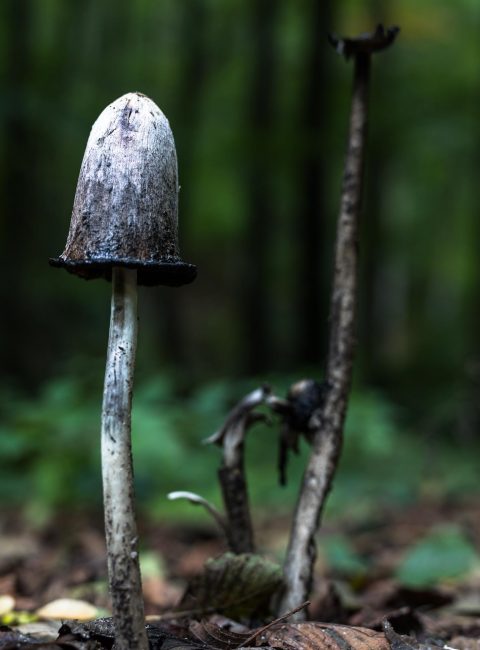
Appearance of shaggy manes
In young specimens, the hat is egg-shaped to cylindrical, with increasing age it opens and gradually becomes bell-shaped. Initially the young mushrooms are almost pure white, only slightly beige to pink at the edge and reddish to brownish at the tip. The mushroom tears up into scales when it grows older. The flesh is white and thin. The lamella are initially also white, later pink and finaly the whole mushroom dissolves in an ink-like liquid. The process is called autolysis and it is a way to of spreading spores – they drip off with the liquid. The 1 to 2 cm thick stalk remains usualy behind.
height: up to 20 cm | the cap is usually between 5 and 10 cm
cap diameter: 3 to 6 cm
months: June – October
colour: white, later black gils
habitat: roadsides, meadows
consumption: cooked
Facts you didn’t know about shaggy manes
We find it very interesting that shaggy manes can actually ‘hunt’ and feed on small roundworms (nematodes). With the help of trapping organs on its mycelium – a thorny toxin producing outgrowth – it immobilizes its pray and colonizes it. The whole process last only a couple of days.
Also noteworthy is, that in former times the black melted liquid of the mushroom was used along with Gummi Arabicum as ink.
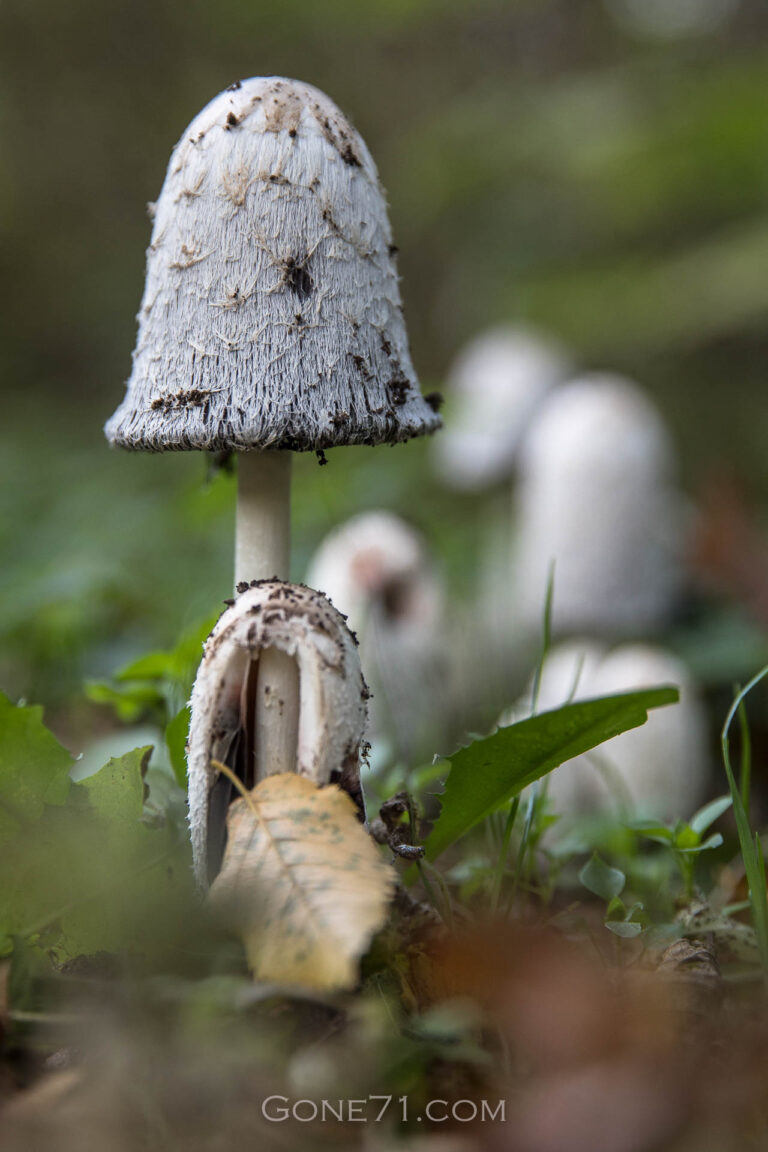
Where to find shaggy manes?
Shaggy manes grow on roadsides, meadows and along forest paths. In the urban environment, it is one of the most characteristic mushrooms, which often grows in large groups on fertilized lawns in the middle of residential areas.
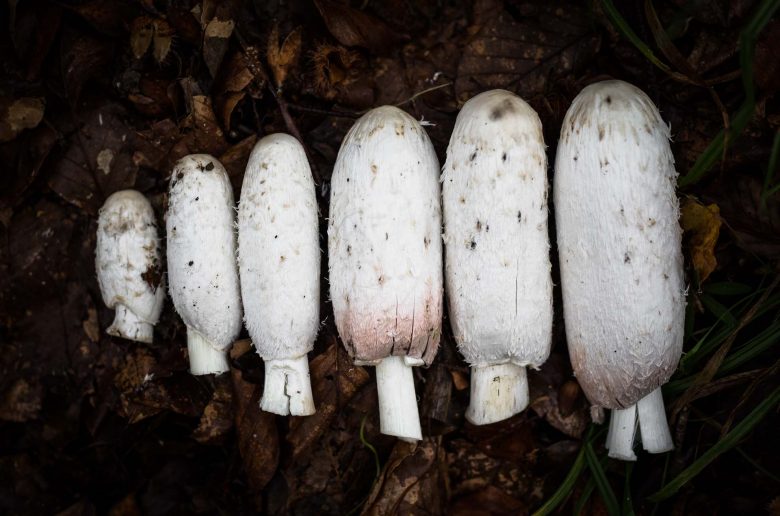
In principle, shaggy manes are easy to recognize. However, there are some other species in the genus Coprinus and Coprinopsis that have similar properties and can also appear very similar externally, some of which are poisonous – especially in connection with alcohol (Coprin syndrome). Some species are:
- Common ink cap (Coprinopsis atramentaria)
- Magpie inkcap fungus (Coprinopsis picacea)
- Coprinopsis alopescia
- Humpback inkcap (Coprinopsis acuminata)
- Midden ink cap (Coprinus sterquilinus)
- Coprinopsis strossmayeri
So if you plan to eat shaggy manes, you should also know about the potential for confusion.
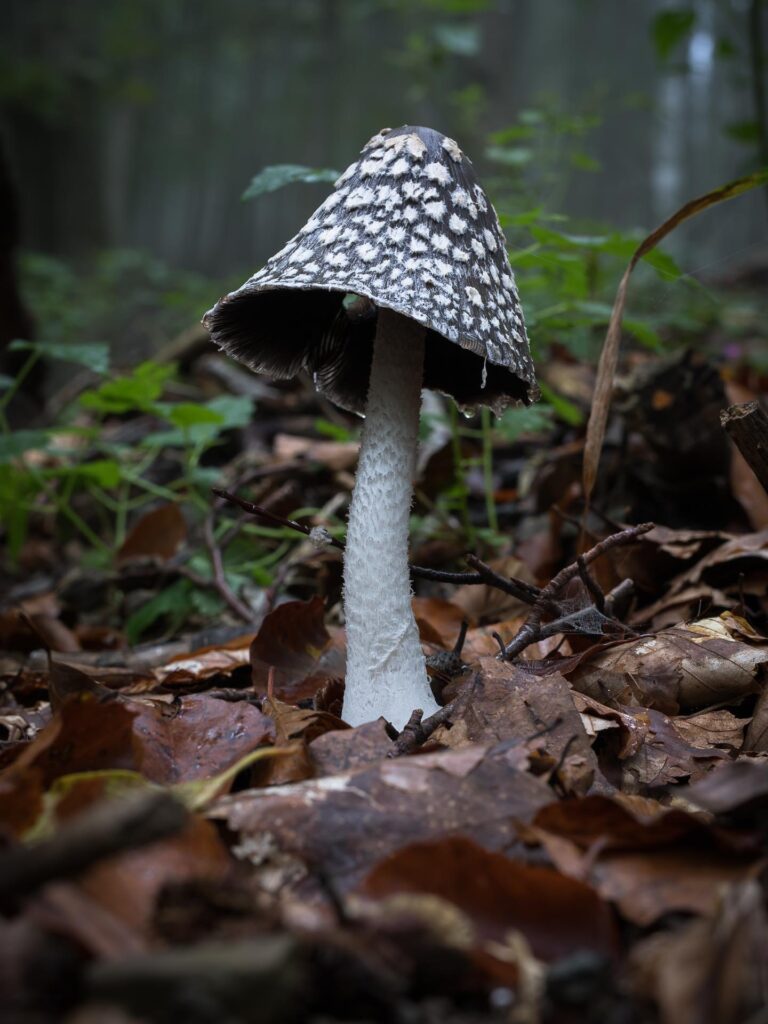
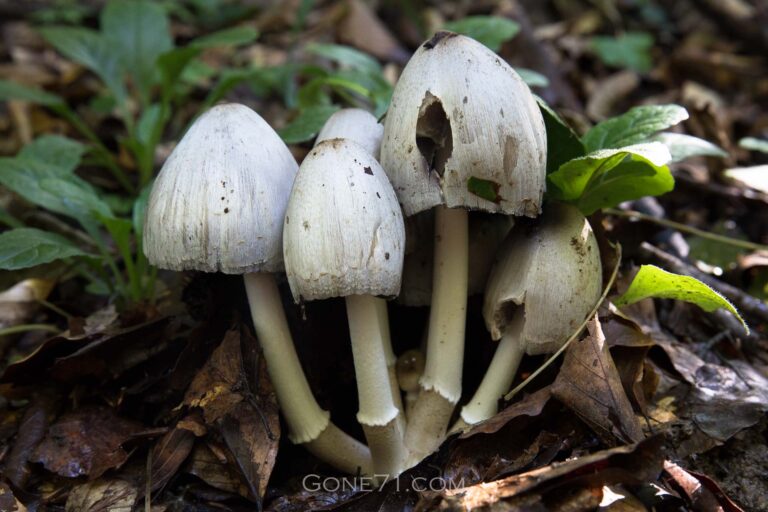
Kitchen use of shaggy manes
The shaggy manes are considered an excellent edible mushroom when young – as long as the hat is not yet spread out and the gills are still white or pink. Redish and black parts are considered no longer suitable for kitchen use. The rapid decay is the only reason that these mushrooms are not available in markets or by other commerciall means.
It has a delicate consistency and a mild aroma. The mushroom has to be used very quickly, as even young specimens soon melt away after harvesting and are then no longer edible. If you have no imidiate use for the mushrooms you can freez them. Very young mushrooms can also be dried (e.g. in a dehydrator) and make very tasty dried mushrooms – they can be used to make a delicious seasoning powder.
The mushroom contains the constituent Coprin, which can cause poisoning if it is combined with alcohol so the common opinion is to stay sober while enjoying your meal. However, normal specimens usually have a very (very) low Coprin concentration wherefore most people are not affected when combing shaggy manes with alcohol. Note also that the mushroom tastes very bitter raw and is inedible.
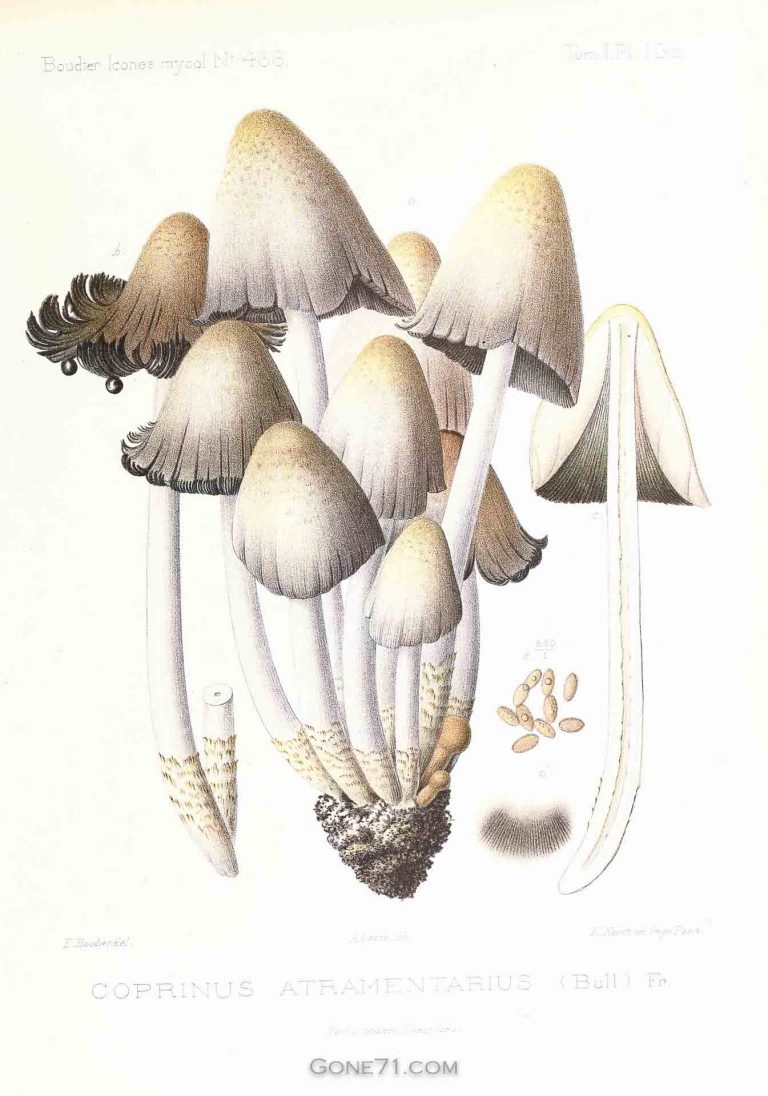
Cleaning of shaggy manes
Usually shaggy manes are free of dirt and do not need much cleaning. Brush off the remaining dirt. If you use them in a soup you can also rinse them under water. If you plan to fry them you should avoid this since the mushroom itself contains already a lot of water. The stems should be cut at the base since they are very tasty and often compared to asparagus – hence the name asparagus mushroom.
Shaggy manes recipe
Our recipe of choice here are fried shaggy manes, served on bread (with butter).
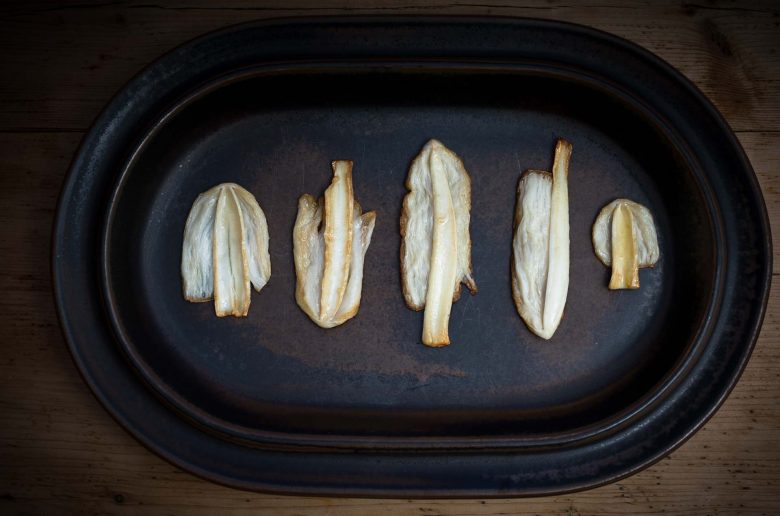
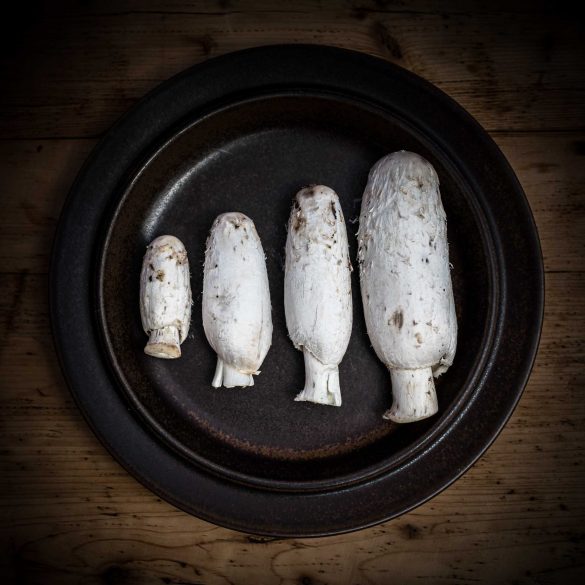
Fried Shaggy Manes
Ingredients
Shaggy manes – 400 g
Butter – 50 g
Salt – on demand
Pepper – on demand
Parsil – ½ tea spoon (optional)
Instructions
- Generously remove all dark (also redish) areas of the mushrooms! Clean the mushrooms dry!
- Cut the mushrooms lengthwise in halfs or quarters.
- Melt the butter, add the mushrooms, pepper and salt and cook covered for about 5 minutes, stirring several times. This brings out the water.
- Remove the lid and continue heating until the liquid has evaporated and the butter is browning slightly.
- Sprinkle with parsley and consume immediately.
Only harvest mushrooms that you can identify with 100% certainty! The consequences can be life threatening if you are wrong. If you have the slightest doubt: do not eat the mushroom! This is not a mushroom guide! For correct identification consult a mushroom expert.
Find some inspiration in other mushroom recipes
↓↓↓
We have compiled this overview with the best of knowledge and belief, but do not claim to be complete and reserve the right to make errors.
Learn more about poisonous mushrooms and mushroom poisons here
↓↓↓
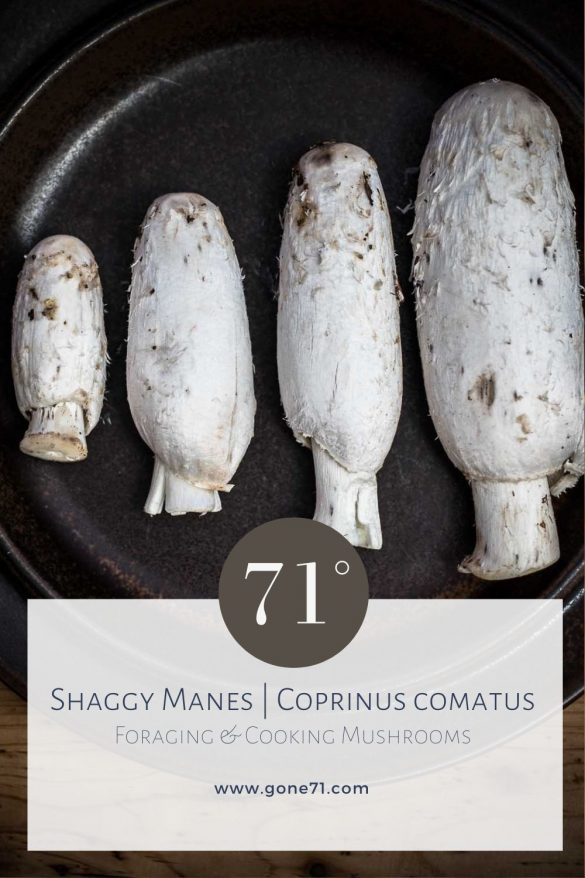

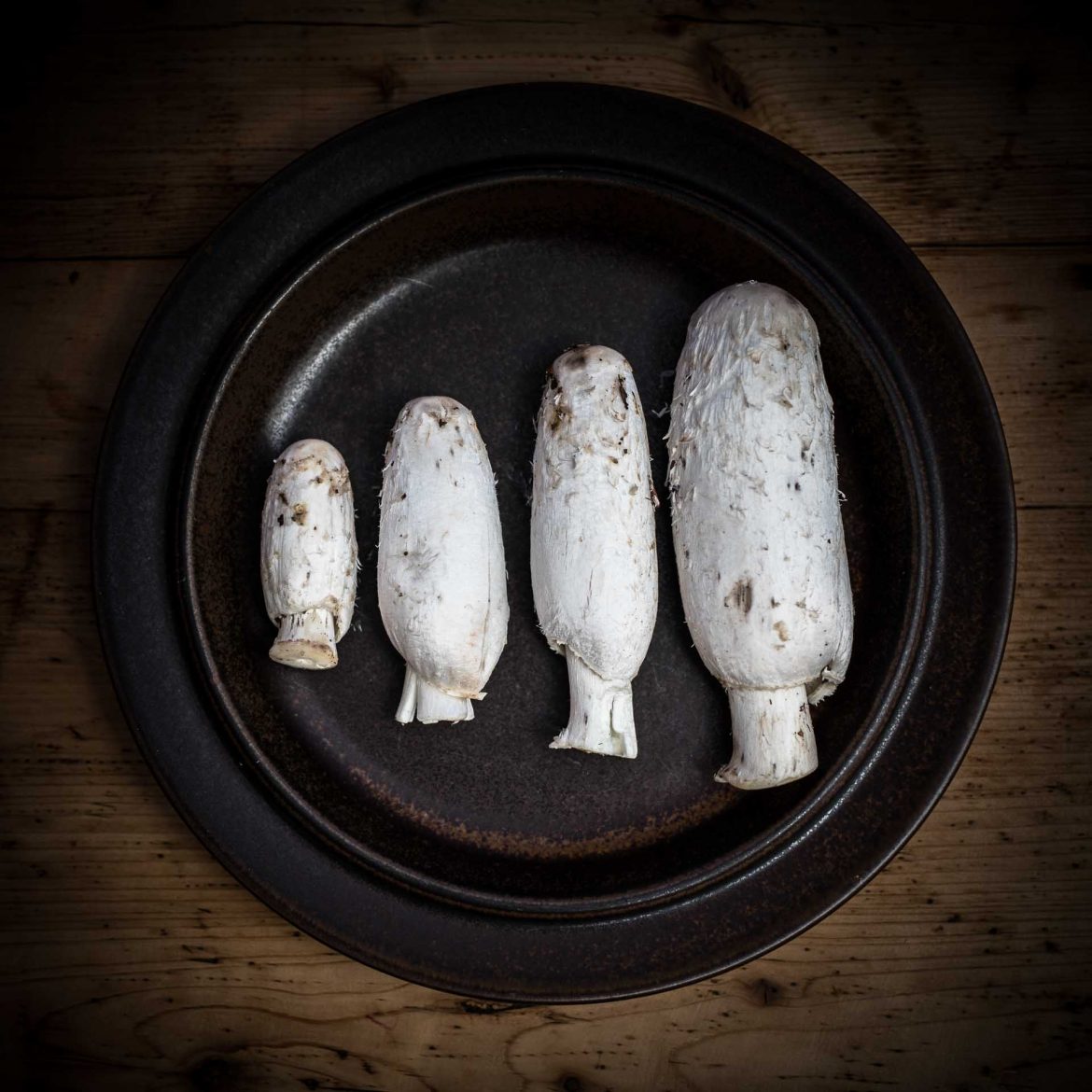
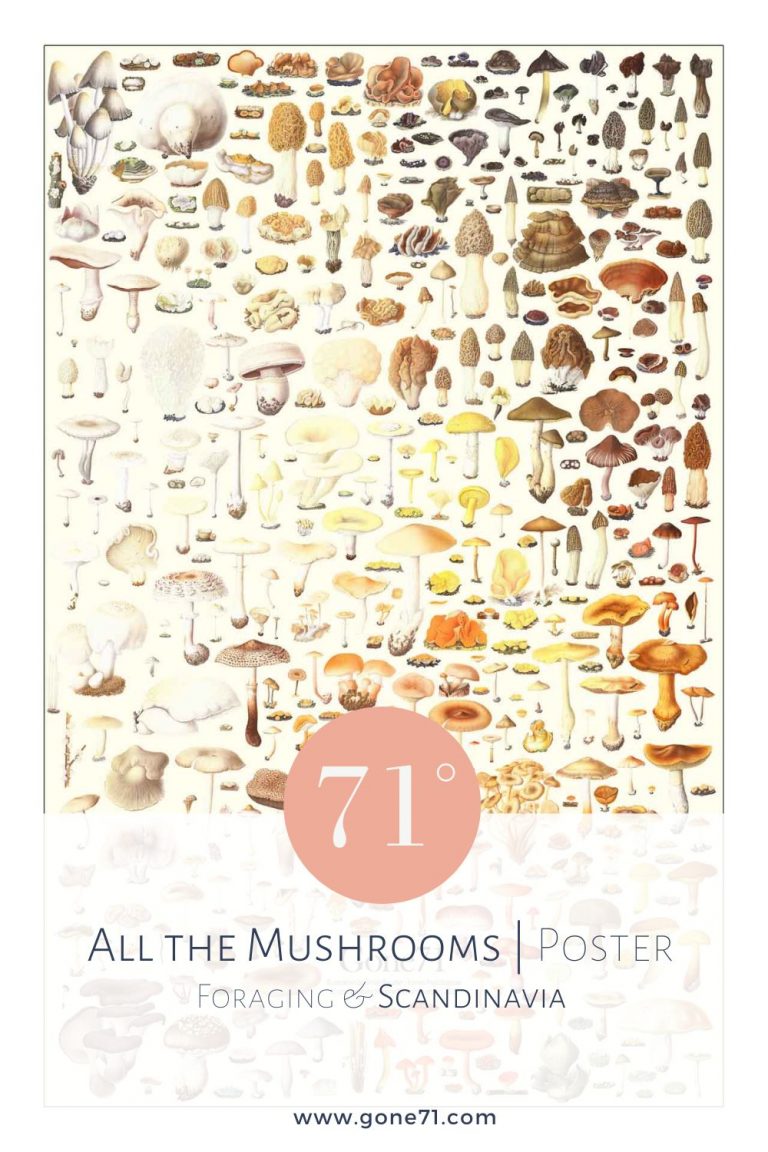
4 comments
I just picked a load from my garden and fried them as per above instrucations all I can say is : Fuck me that was lovely!
Thx for the feedback. Great to hear. enjoy.
This mushroom does NOT contain coprine thus safe with alcohol. You are confusing it with incy cap.
Hi Jelena, shaggy manes (Coprinus comatus) do usually contain a very low amount of Coprin – some sources cite around 1 to 4 mg/kg. That is way less than ink caps (Coprinopsis atramentaria) with something like 160-360mg/kg. While it is true that this low amount will probably not lead to a coprin-syndrom, we do not want to encourage the consumption of alcohol in combination with shaggy manes. The amount of coprin can vary in individual mushrooms and geolocations!